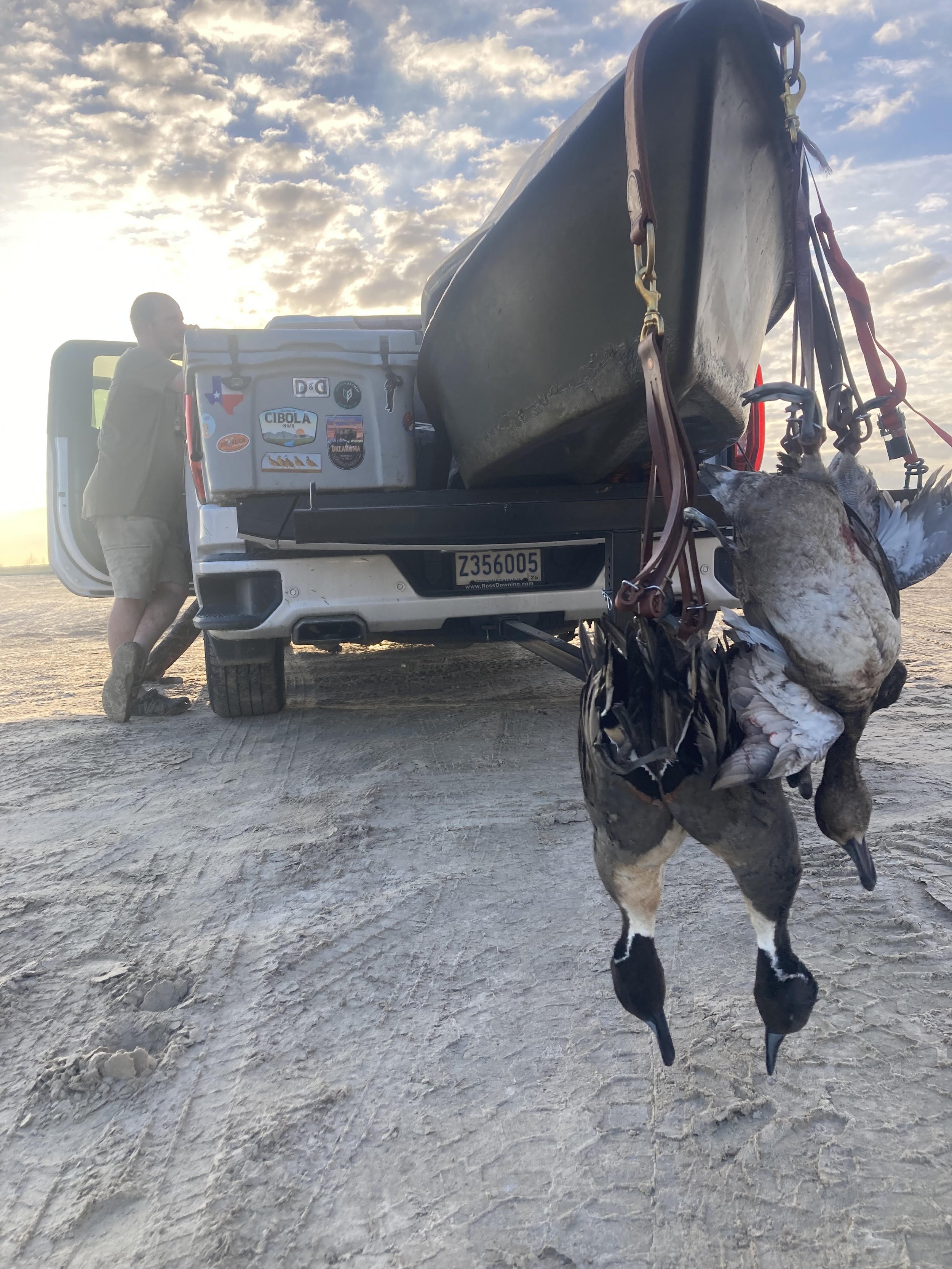The Pintail Rumor Mill
A lesson on keeping perspective, scientific ingenuity and hunting as a true conservation tool.
I watched and sat deathly still as the big, fully plumed drake made his final approach.
His long, craned neck, made up of a paper white breast and chocolate brown head, indicated that he was still unsure, despite his falling altitude.
He lit delicately in between the two piles of decoys I had laid out. He sat as still as the decoys around him for maybe half a minute, rose up and with a single push of his wings, took to the air. I watched the pintail fly off somewhere down the lagoon, until he disappeared into the skylight around him.
He wasn’t the first pintail to visit me that day, and, given how early in the afternoon it was, I was certain he wouldn’t be the last either. With my one-bird limit filled hours before, I was obliged to sit and watch the show he and so many like him put on. Still, I appreciated the company.
Once upon a time, pintails didn’t fall under the protection of the strict limits imposed on them today. It’s commonplace among duck hunting folklore that they were once a 10-point bird in the days of the point system, which allowed hunters to shoot ducks with a 100-point limit daily. Under these circumstances, hunters could shoot 10 pintails per day.
I wasn’t around in those days, nor would it have made much of a difference: I’ve only seen a dozen pintails in a day on five occasions that come to mind, and all but one of them happened on the Texas Gulf Coast.
As always, the winds of change are blowing, and the rumors of a limit change for pintails are starting to gain more traction. Ramsey Russell talked about the work of a biologist in Canada on the Southern Roost podcast with Aaron Head and I. The biologist pointed out a drake-to-hen ratio that skewed in favor of the males, causing undue stress on the hens during the breeding season. There’s little doubt in my mind that the decision will spark discourse and controversy throughout the waterfowling community, as anyone with a gun and a call will give a definitive answer based on their hyperlocal and anecdotal observations about the pintail population.
“Well, we haven’t seen the pintails in numbers in years here in Arkansas.”
“I haven’t shot a pintail since 2011.”
“The only bird we see here are pintails.”
The list goes on, and on, and on. Entire threads of online forums dedicated to understanding the population and the reason for its decline. There’s one observation that’s universally accepted in the current time: Pintails favor the west. The Atlantic Flyway holds the lowest population of the four North American flyways.
As is the case with almost every other limit, I have little doubt the federal government will assess the change on a case-by-case basis for each flyway. A three-pintail per day limit (with no more than one being a hen) makes perfect sense in the Pacific Flyway, where numbers are strong, hunters are few and the resources are plentiful. In the Mississippi Flyway, however, a limit increase on a stagnant pintail population makes little sense, and, while the goal is to use hunting as a resource to balance the pintail sex ratio and take a bit of stress off the hens, I have difficulty thinking that more hens won’t be harvested accidentally because in a crowded flyway such as the Mississippi.
Still, I applaud both the biologists and lawmakers for even considering such a novel idea. The Mississippi Flyway has operated a similar limit for mallards - only two of the four-bird limit may be hens - and while the limit hasn’t set forth a massive increase in mallard populations in the southern states, there’s likely more in play with the lack of mallards than a custom limit can fix.
The pintail, in my eyes, maybe the perfect bird to impose such a limit on; The drakes are easily distinguishable from the hens fairly early in the season. In almost every situation where they’re identified correctly, all drakes are harvested before the first hen. And, of course, there’s a discussion of the birds and the bees; each hen harvested is a clutch of eggs lost. For each drake harvested, another will be there to take his place in the mating process.
I can’t think of a bird that holds a higher regard for hunters in today’s day and age than the pintail. Canvasbacks, black ducks maybe? All of them with similar stories, once abundant and regal, now thin in numbers. Of course, the canvasback was a victim of market hunting for decades, while black ducks have dealt with encroaching mallard populations for years.
I feel good about the prospects of opening up the limit in areas where the whistle of a pintail still drowns out all other noise.
I feel even better about the consideration being given by the men and women who have been entrusted to protect this, our most beautiful resource.


